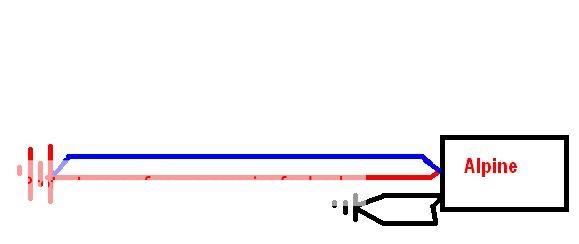Posted: March 21, 2010 at 8:31 PM / IP Logged
Posted: March 21, 2010 at 9:20 PM / IP Logged
Posted: March 21, 2010 at 9:38 PM / IP Logged
Posted: March 21, 2010 at 9:40 PM / IP Logged
Posted: March 21, 2010 at 10:11 PM / IP Logged
Posted: March 21, 2010 at 10:15 PM / IP Logged
Posted: March 21, 2010 at 10:28 PM / IP Logged
Posted: March 21, 2010 at 10:39 PM / IP Logged
Posted: March 21, 2010 at 11:08 PM / IP Logged
Posted: March 21, 2010 at 11:30 PM / IP Logged
 Printable version
Printable version


| You cannot post new topics in this forum You cannot reply to topics in this forum You cannot delete your posts in this forum You cannot edit your posts in this forum You cannot create polls in this forum You cannot vote in polls in this forum |

| Search the12volt.com |
Follow the12volt.com 
Friday, May 3, 2024 • Copyright © 1999-2024 the12volt.com, All Rights Reserved • Privacy Policy & Use of Cookies


Friday, May 3, 2024 • Copyright © 1999-2024 the12volt.com, All Rights Reserved • Privacy Policy & Use of Cookies
Disclaimer:
*All information on this site ( the12volt.com ) is provided "as is" without any warranty of any kind, either expressed or implied, including but not limited to fitness for a particular use. Any user assumes the entire risk as to the accuracy and use of this information. Please
verify all wire colors and diagrams before applying any information.






 The reason this idea came up is because i have an extra set 8 gauge wires that i can use.
Thanks!
The reason this idea came up is because i have an extra set 8 gauge wires that i can use.
Thanks!



 Both power cables are going to be running from the same battery with individual ring terminals all the way to the amp. Same for ground. If this matters.
So would this help give my amp the little more power that it needs?
Thanks.
Both power cables are going to be running from the same battery with individual ring terminals all the way to the amp. Same for ground. If this matters.
So would this help give my amp the little more power that it needs?
Thanks.